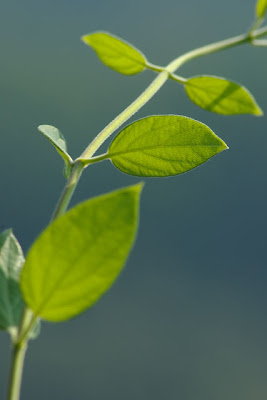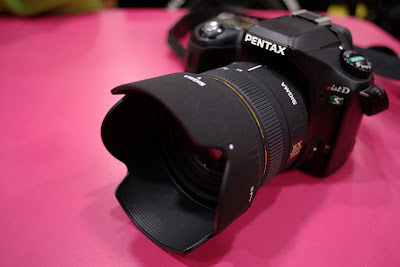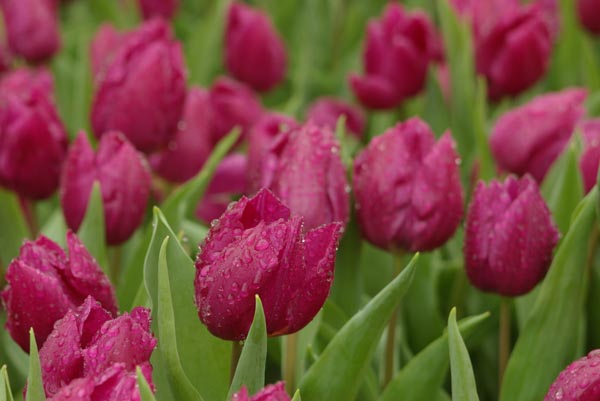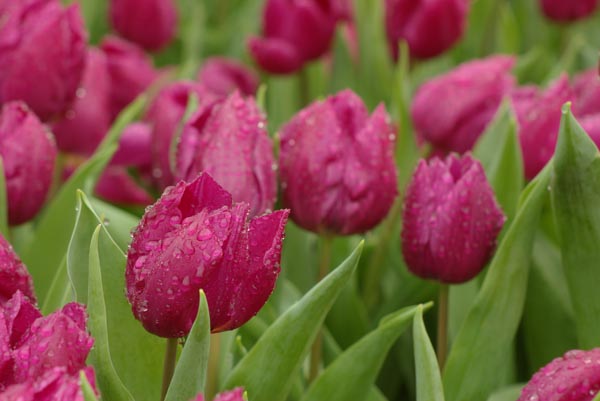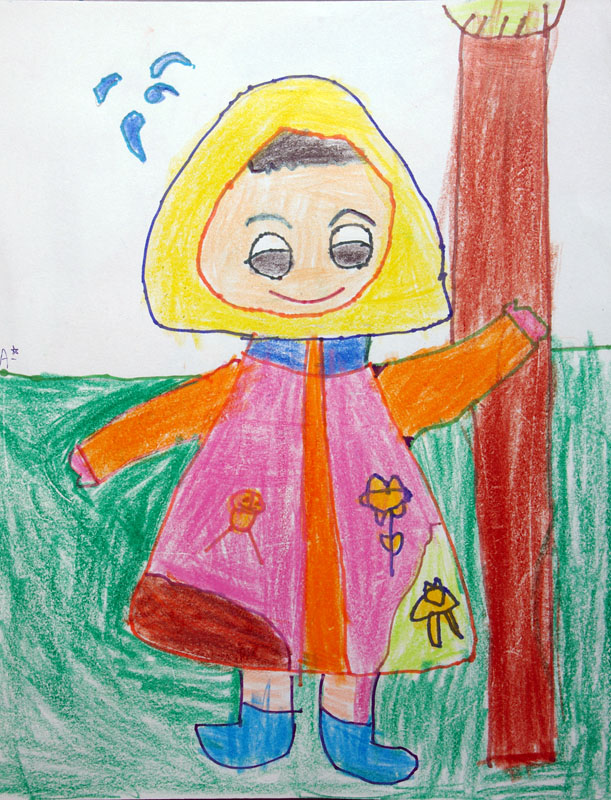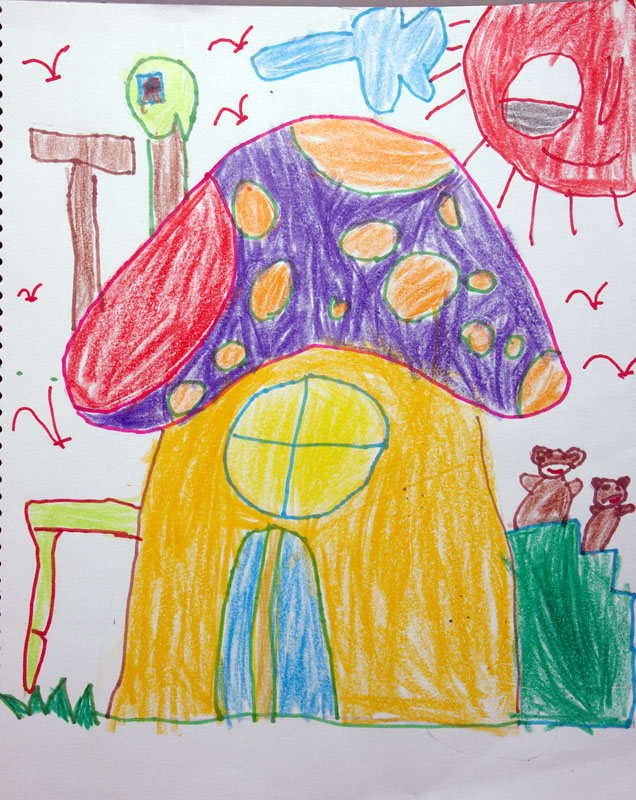I only tried 15 minutes with this lens, so here are some quick and subjective comments.
All photos shoted with Pentax istD, and converted with Pentax Lab 3.0.
at f/5.6, shot at jpeg.
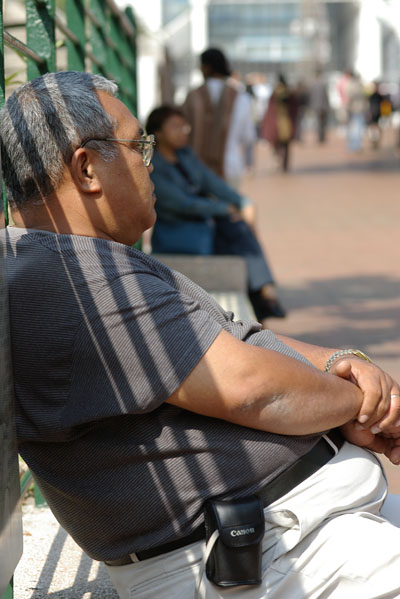
The color is quite nice, with a present skin tone. At 100% view, this photo is not as sharp as other macro lens. Probably the soft jpeg from istD, or my quick snap action blur the image; but it also possible the characteristic of this lens. No conclusions here.
So how sharp is it at f/11? (shot at RAW)
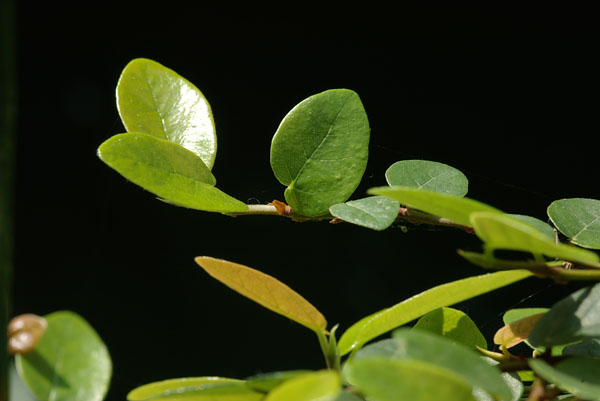
100% crop:
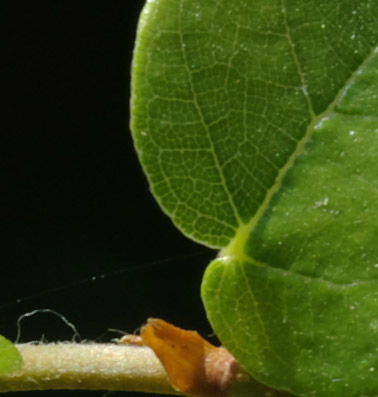
It's a sharp lens at f/11, but I am sure it is not the best score macro lens in sharpness. I think the Sigma cannot win (if not loss) in sharpness when compare to my Vivitar.
And a quick color comparision Vivitar:
at f/11, shot at RAW.
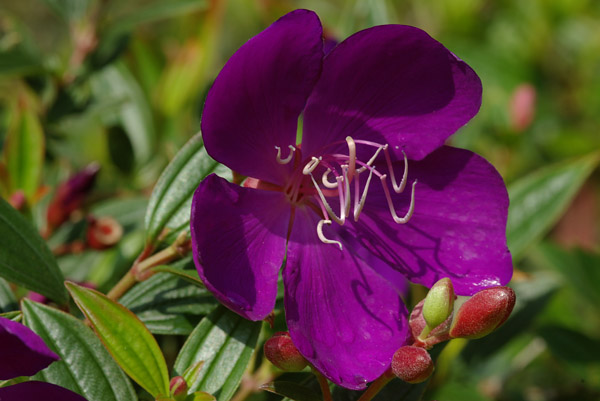
The color seems very saturated, but the level is not quite right (under). So try to lighten-up a bit:
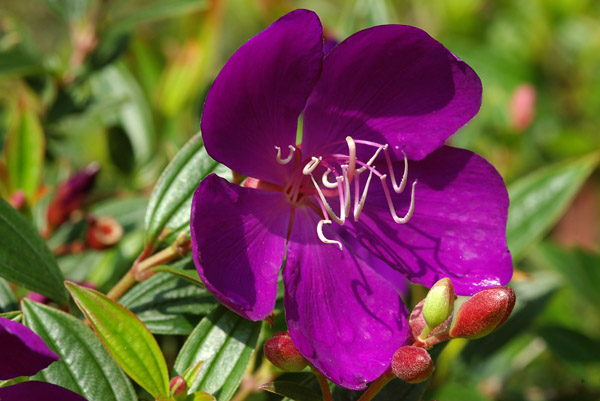
and Compare with a similar shot by my very old Vivitar Series 1 105/2.5 (shot in jpeg):
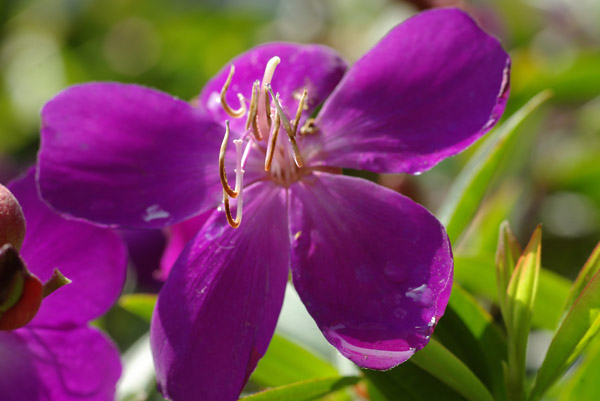
I find the color of this Sigma quite bright and saturated. The contrast is also a bit higher than my old Vivitar. However, I do prefer my Vivitar as I feel the Vivitar color is more fateful to the scene.
Overall comment: bright, saturated, but over-do color. Sharpness is okay, but can be better. I will not be crazy with this Sigma lens, but it's really the cheapest mid-tele macro in the market, so I won't complain.
If I have the chance, I will try to compare it neck-to-neck with the Pentax DFA-100 (rumor Tokina OEM)


